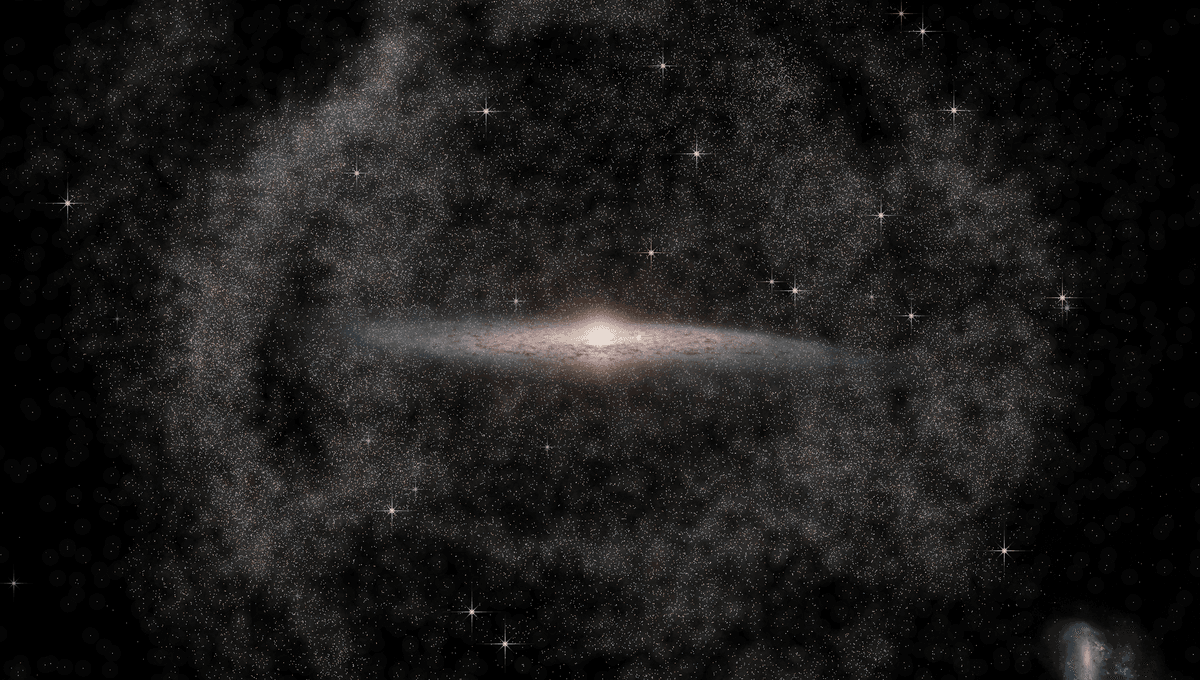
The European Space Agency’s Gaia spacecraft is creating the most detailed map of the Milky Way. The position and motion of 1.5 billion stars are being measured, and that has revealed something pretty interesting. Some stars move in ways that can only be explained if they have come from a different galaxy. And it turns out that there were likely several collisions in our galaxy’s past.
Galaxy mergers are a relatively common phenomenon in the universe. A small percentage of galaxies in the local universe are actively merging. A few years ago, Gaia provided evidence that our galaxy ate a smaller galaxy between 8 and 11 billion years ago – this object’s now absorbed, but it got a name regardless: the Gaia-Sausage-Enceladus.
A merger leaves waves of stars, which the research team describe as wrinkles in the galaxy. But it seems that not all the wrinkles from the Gaia-Sausage-Enceladus merger are the same. This new work argues that some of them come from a much more recent merger, one that took place just three billion years ago.
“We get wrinklier as we age, but our work reveals that the opposite is true for the Milky Way. It’s a sort of cosmic Benjamin Button, getting less wrinkly over time,” lead author Thomas Donlon of the Rensselaer Polytechnic Institute and University of Alabama, said in a statement. “By looking at how these wrinkles dissipate over time, we can trace when the Milky Way experienced its last big crash – and it turns out this happened billions of years later than we thought.”
It is all in the motion of these stars. A galaxy getting cannibalized by ours means that it is coming into the Milky Way at high speed. The stars spread and get mixed up with the original population of our galaxy, but they still possess those high speeds. Their effect on the galaxy is not permanent; it smooths over after a long time. So seeing these effects, the wrinkles, being stronger from certain stars and not others suggests a history of multiple and even recent mergers.
“For the wrinkles of stars to be as clear as they appear in Gaia data, they must have joined us less than three billion years ago – at least five billion years later than was previously thought,” added co-author Heidi Jo Newberg, also of Rensselaer Polytechnic Institute. “New wrinkles of stars form each time the stars swing back and forth through the centre of the Milky Way. If they’d joined us eight billion years ago, there would be so many wrinkles right next to each other that we would no longer see them as separate features.”
Gaia continues to provide new understanding of our home in the cosmos, helping astronomers work out the history of our galaxy – from the oldest building blocks to the possible latest additions.
The study is published in the Monthly Notices of the Royal Astronomical Society.
Source Link: Turns Out Our Galaxy Cannibalized A Companion Much More Recently Than We Thought